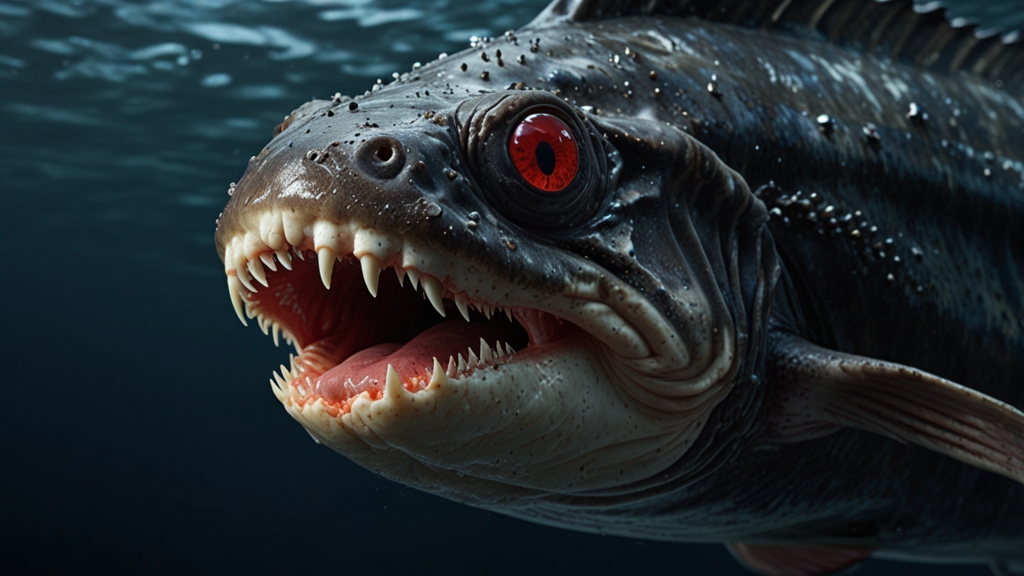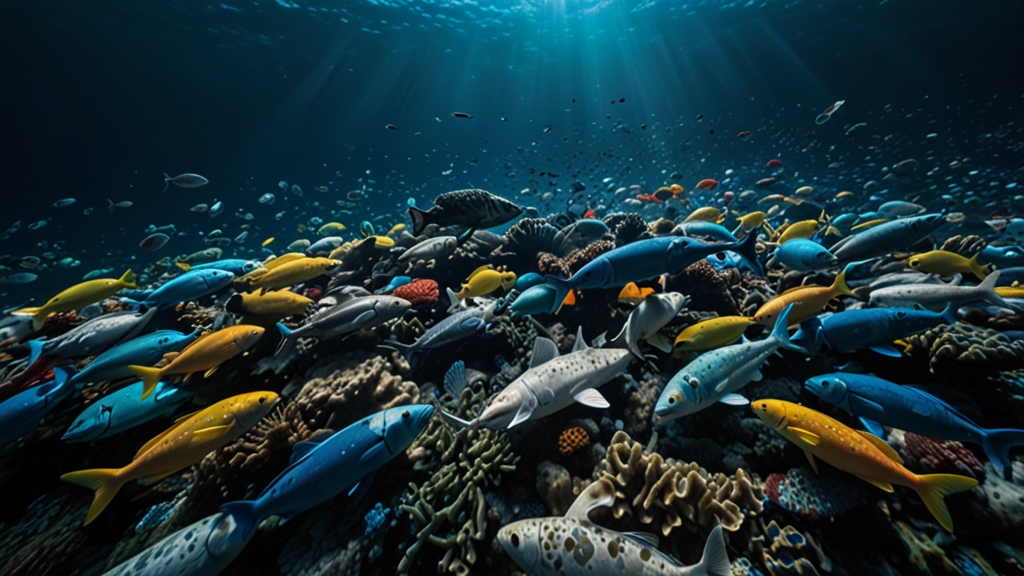Vampires of the Sea: The Intriguing World of Blood-Sucking Marine Animals
When we think of vampires, we often envision the mythical creatures of the night, stalking their prey through dark alleyways and secluded forests. However, the ocean is home to its very own breed of blood-suckers—marine creatures that exhibit similar vampiric behaviors. These fascinating sea dwellers rely on the blood of other organisms to survive, making them a curious subject of study for marine biologists and enthusiasts alike.
The Lamprey: Jawless Predators of the Deep
One of the most well-known marine vampires is the lamprey. These eel-like creatures are jawless fish, characterized by their round, sucker-like mouths filled with sharp teeth. Lampreys latch onto their prey, usually other fish, by creating a vacuum with their mouths. They then rasp away at the skin with their rough tongues, feeding on the blood and bodily fluids of their hosts.
What makes lampreys particularly notable is their ancient lineage. These fish have been around for hundreds of millions of years, with fossils dating back to the Devonian period. Studying them offers valuable insights into the evolutionary history of vertebrates, showcasing how life has adapted intricate and specialized feeding strategies over time.
“Lampreys are living fossils that hold a key to understanding the evolution of jawed vertebrates.”—Dr. Richard Borowsky, Marine Biologist
The Parasitic Copepod: Tiny, Yet Terrifying
Not all marine vampires are as visible as the lamprey. Parasitic copepods are microscopic crustaceans that attach themselves to various marine animals, from fish to whales. These tiny creatures possess specialized mouthparts designed to pierce the skin and siphon off blood. Despite their size, parasitic copepods can cause significant harm to their hosts, leading to infections and other health issues.
Interestingly, some copepods have evolved to become highly specialized parasites. For instance, Caligus species, also known as sea lice, specifically target salmon and can devastate aquaculture operations. Researchers are continually striving to develop strategies to mitigate the impact of these minute yet impactful marine vampires.
Vampire Squid: Not Just a Name
With a name as evocative as the vampire squid (Vampyroteuthis infernalis), one might expect a bloodthirsty predator. However, the reality is both more complex and surprising. These deep-sea dwellers, residing at depths where sunlight barely penetrates, have a menacing appearance with red eyes and webbed arms, but they do not suck blood in the traditional sense.
Instead, vampire squids feed on marine snow—organic debris falling from the upper layers of the ocean. They use their filaments to capture detritus, which they then consume. While not blood-suckers per se, their name and ominous appearance have cemented their place in the pantheon of marine vampires.
The Candiru: The Infamous Amazonian Menace
Although not strictly a marine animal, the candiru fish of the Amazon River deserves mention due to its blood-feeding habits. These small, parasitic catfish primarily target the gills of larger fish, where they attach and feed on blood. However, they have gained notoriety for their purported tendency to invade human orifices, a myth that, while largely exaggerated, adds to their fearsome reputation.
“The candiru fish exemplifies how myths and reality intertwine, creating legends that persist through generations.”—Dr. Maria Oliveira, Ichthyologist
Conclusion
The ocean is a vast, mysterious place, home to countless unique and often unsettling organisms. The blood-sucking tendencies of marine animals such as lampreys, parasitic copepods, and the vampire squid highlight the diverse and sometimes gruesome survival strategies in the underwater world. These marine vampires play complex roles in their ecosystems, contributing to the balance of life in the ocean depths.
As research and exploration continue, we are sure to uncover even more fascinating stories and behaviors from the inhabitants of the deep sea. The study of these marine vampires not only satisfies our curiosity but also provides valuable insights into the complexities of marine life and the evolutionary adaptations that have allowed these creatures to thrive.










